If you would like your hand knit socks to last longer keep on reading because I’m going to share my top tips of how to make a durable pair of socks.
1. Knit with good quality yarn
Selecting good quality sock yarn is maybe one of the most important factors. If the durability is the number one factor for you I suggest that you select a rough, highly twisted wool yarn that is reinforced with nylon (polyamide). Soft wools such as merino wear out a lot quicker than rougher ones.
Also selecting a little bit thicker yarn makes the fabric more durable. If you are used to knitting your socks with fingering weight yarn you might want to consider sport weight or light DK weight yarn.
One of my favorite sock yarns is the Novita Nalle and one pair made with it usually lasts for years.
2. Knit denser fabric
Good quality yarn does not help you much if the fabric you make is too loose. If you want to make a lasting pair of socks your fabric needs to be dense enough. A good rule of thumb here is that the fabric shouldn’t be at least see through. That said lace socks are beautiful but they probably won’t last quite as long as plain vanilla socks would. If your basic socks keep on wearing out I suggest that the next time you make a pair try smaller needles.
Here you can find a table of the most common gauges socks are knitted with. The higher the number (the more there are stitches per inch or cm) the denser and thus more durable the fabric is. However, keep in mind that if you knit too dense the sock might feel like cardboard.
3. Reinforce heel and toes
You can make the fabric even more durable by reinforcing the heels and toes with a slip stitch pattern. The most commonly used stitch pattern is to slip every other stitch on right side rows and purl the wrong side rows. If you slip the stitch on different column every other right side row the pattern is called the eye of the partridge.
You may also like: Reinforced heel pattern for toe-up socks
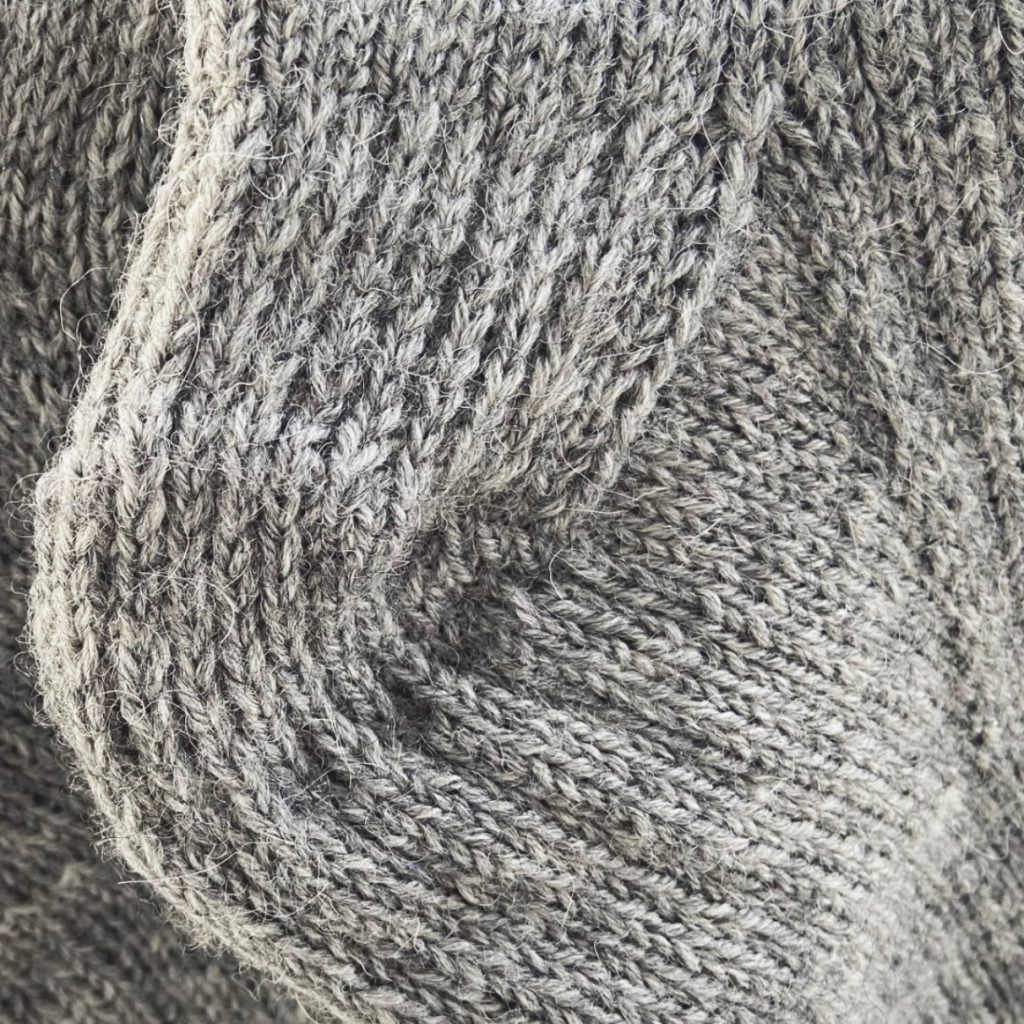
4. Wash correctly
If you want your knits to last you should wash them according to the instructions provided by the yarn manufacturer. The socks might look ok after a few washes in higher temperature but over time poor aftercare speeds up the ageing process of the fabric.
I also very warmly recommend you to use detergent specifically labeled as suitable for wool. They have relatively neutral pH-level and they are milder than the most regular detergents which in addition to breaking the molecules of food stains break down also the molecules of wool.
Lastly remember that if you use wool you don’t have to wash your socks quite as often as you would have to wash your cotton socks because wool is naturally dirt resistant. Sometimes letting your socks be outside in the fresh air for a while can replace washing.
So wash according to the instructions provided by the manufacturer, use proper detergent and remember that you don’t have to wash items made of wool after every use.
5. Make the socks more fitting
Your socks get quicker eaten out by your shoes if they are floppy. If your socks keep on slipping they move much more inside the shoe and the more there is movement the more there is friction. The solution to this is to make socks according to your measurements.
With my free sock pattern you can make a perfectly fitting sock with any yarn without swatching.
+ Bonus tip: Take care of your feet
Sharp toenails can tear at the fabric of your socks which leads to weak spots in the yarn that later turn into holes. To prevent that from happening trim your toenails regularly.
Do you have any additional tips or do you know a good quality yarn? Please share your wisdom with me and your fellow crafters on the comment section below.

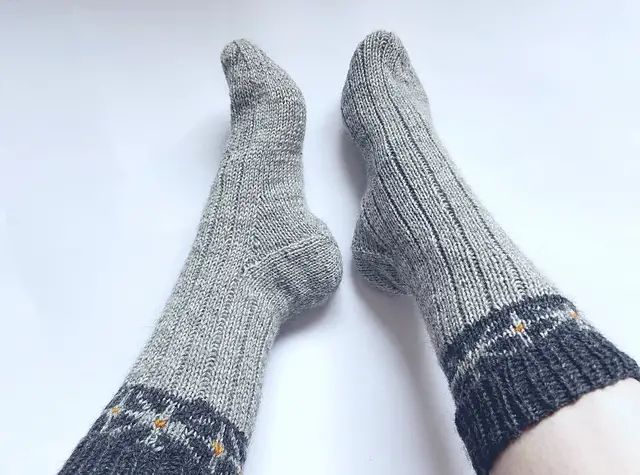


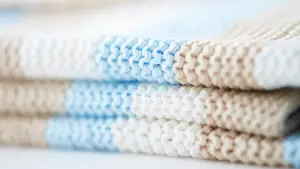
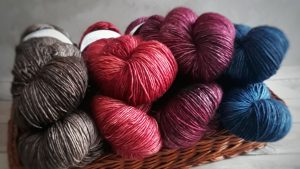
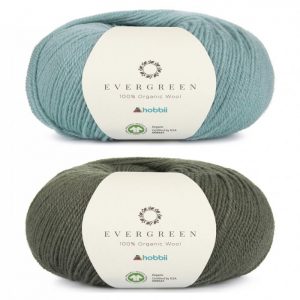

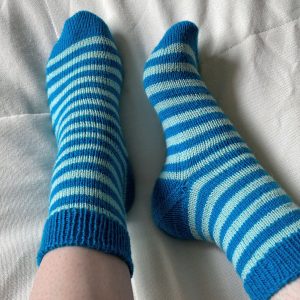
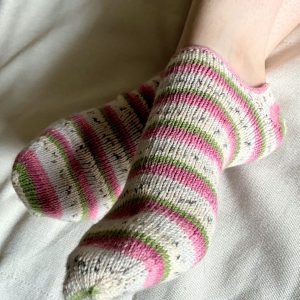
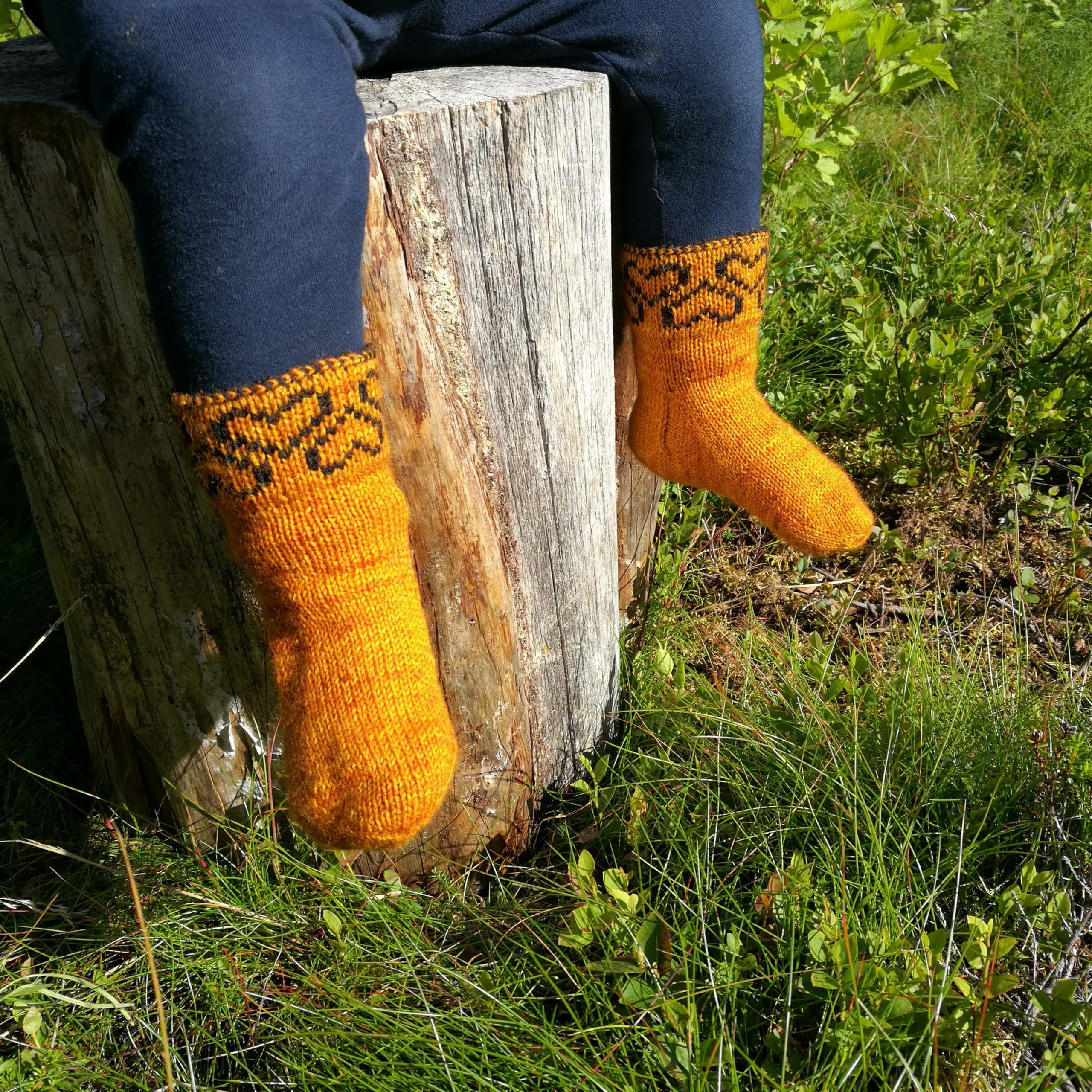

9 Responses
Lang sock wool provides a reel of special reinforcing cotton that you knit together with the yarn when knitting the heel and toe.
Thanks for this article. I knit my husband’s socks with DK weight yarn on 2.75mm and they are very sturdy (but still soft) for him. Best luck with Berroco UltraWool DK.
Hi Anita! Thanks for taking your time and leaving a comment. I knit my husband’s DK weight socks with 2.5mm needles because otherwise they wouldn’t probably last since he wears them a lot in his boots.
I have no personal experience with this method, but I read that knitters often use an extra thread while knitting the heel & toe sections of socks, which helps negate some of the wear & tear in those areas. Maybe this winter, I will try Ida’s sock pattern; I would really like to fall in love & knit socks!
Thanks for the tip and I really hope you like the pattern! -Ida
I usually weave a bit of extra yarn over those areas I know I will wear out quicker, for me that is the area under the heel, the bottom of the heel cup. I do this before I even wear the socks for the first time, it adds padding and protection.
Thanks for the tip Barbara!
Great article, I’m going to get some Novita Nalle and try it. You say the socks last for years, but any socks I make loose the heel really quickly. What about the heels?
We have had no problems with the heels in my family but I know a few people that walk in a way that their socks always wear out in certain places no matter what yarn they use. Maybe you are one of those people 🙂 ?